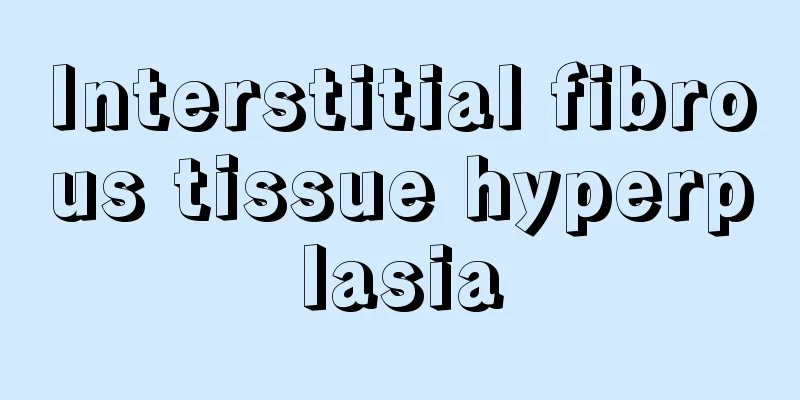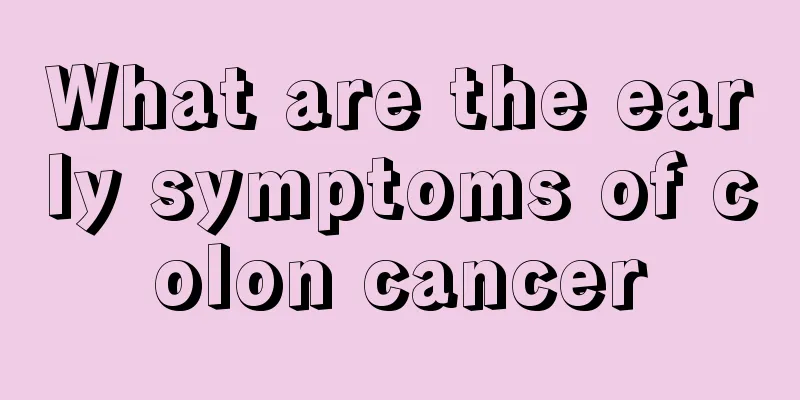Interstitial fibrous tissue hyperplasia

|
Interstitial fibrosis is a manifestation of thyroid nodules. Thyroid nodules are also a very common disease. These nodules can be benign or malignant. Malignant nodules may become cancerous. Although benign nodules will not worsen in the short term, they also need to be treated with certain methods. Below we will introduce to you the treatment methods for different types of thyroid nodules. 1. Solid single nodule If a solitary thyroid nodule appears to be a hot nodule on radionuclide scanning, the possibility of canceration is low, and thyroid suppression therapy or radionuclide therapy can be tried first. Cold nodules often require surgical treatment. Any single nodule that develops rapidly and has a hard texture, or is accompanied by enlarged cervical lymph nodes or occurs in children, should be treated with surgery as soon as possible because of the high possibility of malignancy. 2. Multinodular goiter (MNG) Traditionally, it is believed that the chance of MNG developing cancer is lower than that of a single nodule. High-resolution ultrasound examinations have revealed that many of the nodules diagnosed as single nodules are actually multiple nodules. It is now believed that there is not much difference in the incidence of cancer between the two. Therefore, the treatment of MNG must first exclude malignancy. A decrease in sTSH indicates hyperthyroidism. If the FNA cytology diagnosis is malignant or suspected of being malignant, surgical treatment should be given. 3. Cysts are benign or malignant degenerative Malignant transformation can form cysts; pure thyroid cysts are rare, and any persistent or recurrent mixed masses should be removed. 4. Intangible nodules In recent years, due to the development of B-ultrasound, CT, and MRI, small, impalpable thyroid nodules may be unexpectedly discovered during other examinations. This situation is more common in the elderly, who generally have no history of thyroid disease, no thyroid nodules, and no risk factors for thyroid cancer. If the nodule is smaller than 1.5 cm, only follow-up observation is required. If the nodule is larger than 1.5 cm, FNA can be performed under ultrasound guidance, and then further treatment can be performed based on the cytology results. 5. Radiating nodules People who receive radiation therapy to the head and neck are prone to thyroid cancer, which can occur as early as 5 years after radiation and as late as 30 years. Patients who develop thyroid nodules after radiotherapy to the head and neck should undergo FNA for confirmation. |
<<: Chronic gastritis with hyperplasia
>>: What is connective tissue hyperplasia
Recommend
Lung cancer liver metastasis nausea and vomiting vomiting after eating
Lung cancer has metastasized to a distant place a...
What shouldn’t people with high blood pressure do?
In recent years, with the improvement of living s...
What are the symptoms of fire in the stomach?
The health of the stomach and intestines is somet...
The most important preventive health care for several major lymphomas
The occurrence of lymphoma is extremely harmful t...
Sickle cell anemia
Blood is an important component of the human body...
What to do if the rice cooker sticks to the bottom
Generally speaking, today's rice cookers have...
Tips for heel rubbing with shoes
Newly bought shoes often do not fit the feet well...
Experts explain typical local symptoms of kidney cancer
Clinically, the initial symptoms of kidney cancer...
What to do if you can’t sleep soundly at night
It is well known that the quality of sleep determ...
Most bladder cancer patients will have hematuria
Most cases of bladder cancer will cause hematuria...
Is it true that fake meat floss turns into cotton when soaked in water?
Eating delicious food is one of the pleasures tha...
Pay attention to the following 4 points when taking nasopharyngeal carcinoma seriously
Nasopharyngeal carcinoma seriously affects the ph...
How to make a homemade fetal heart rate monitor?
When pregnant, pregnant women often want to know ...
Neurosis won't get better
Neuropathy, a disease in which the nervous system...
What are the treatment methods for nasopharyngeal carcinoma
Lifestyle People with nasopharyngeal cancer shoul...









